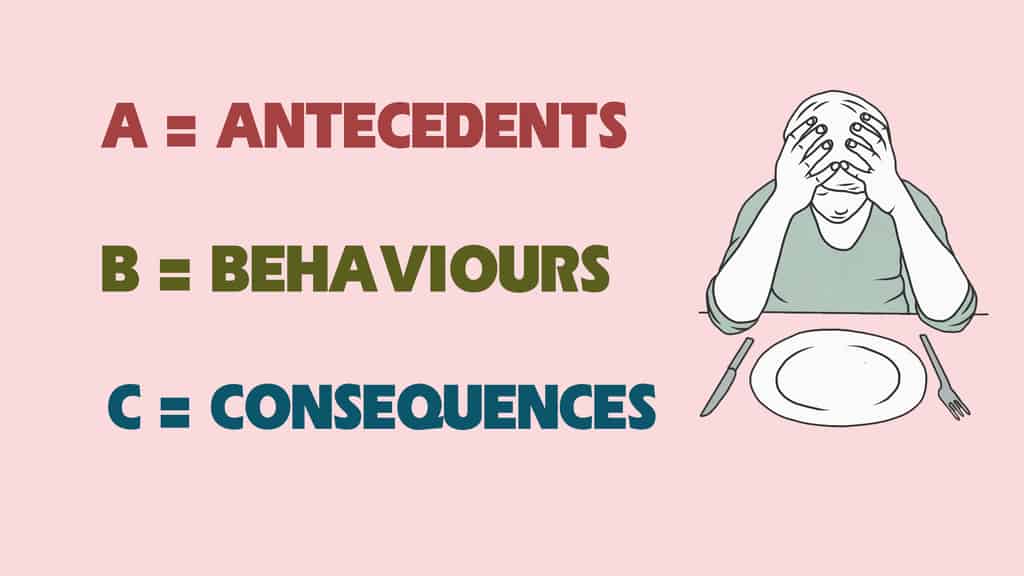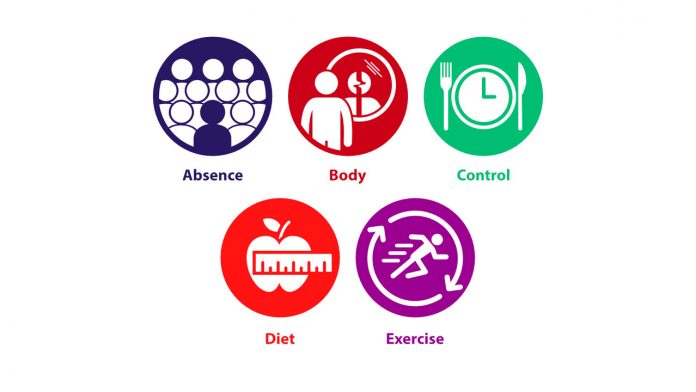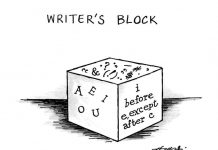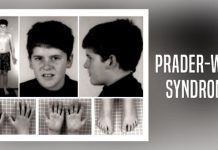In terms of eating disorder treatment and recovery methods there is an abundance of different approaches and therapies believed to be beneficial for the patient.
Within such approaches exist a wide variety of helpful skills and practical tools which may provide both essential insight into how the eating disorder cycle may be interrupted and suitable exit or coping strategies designed to move the sufferer further on in their recovery and/or maintain levels of progress.

Key areas to be addressed in this article are now listed below.
- What is the ABCDE tool?
- How to change the antecedents
- How to change the behaviours
- How to Change the consequences
What is the ABCDE Tool?
The ABCDE Tool is an approach or theory used within the framework of psychology which is often used to enable an individual suffering from a mental health problem such as depression on an eating disorder to change their negative patterns of behaviour.

In this method when applied to eating disorders, the “A” stands for antecedents which may be both perceived and actual and involve emotional triggers (feelings of inadequacy, sadness, despair) as well as thinking triggers (unhelpful thoughts applied to food/weight).
“B” stands for behaviours associated with the maintenance/development of an eating disorder such as obsessive behaviours relating to weight (constant weighing) and food (measuring, picking), while “C” stands for the consequences of the individual’s behaviour which may be both internal and external.

- What Is Aromatherapy Vs. What Are Essential Oils?
- What is La Tomatina in Bunol, Spain Like? What to Expect at the Famous Tomato Throwing Festival
How to Change the Antecedents
Changing the antecedents or triggers involves the following: the carer may do their utmost to create a calm, tranquil, supportive environment to provide a most conducive to recovery setting as possible.

Trying to stick to non-threatening or pleasurable conversations such as topics relating to holidays past/future is a positive step. Playing peaceful music can also help the sufferer to feel less anxious during meal times. Further distraction methods such as pre-planning a specific game (the geography game for example) or asking another family member to talk about the best parts of their day may also be beneficial.
How to Change the Behaviours
In order to help the individual suffering from an eating disorder the carer may need to become aware of how best to practice assertiveness skills.

Ideally, the carer will be most effective if they are able to remember the key “C’s” as highlighted by Treasure et al.; remain calm, consistent, clear, compassionate, caring and concerned. Motivate and encourage through acting as a meal coach but be careful not to collude with the eating disorder for example by providing constant unhelpful reassurance about food, size or weight.
How to Change the Consequences
Changing the consequences primarily involves helping the sufferer to manage their extremely uncomfortable and difficult to manage feelings of anxiety and loss of control.

This may be achieved through the pre-planning of suitable distraction activities, relaxation or means to provide a cathartic release such as through painting or writing key thoughts down in a journal.


















